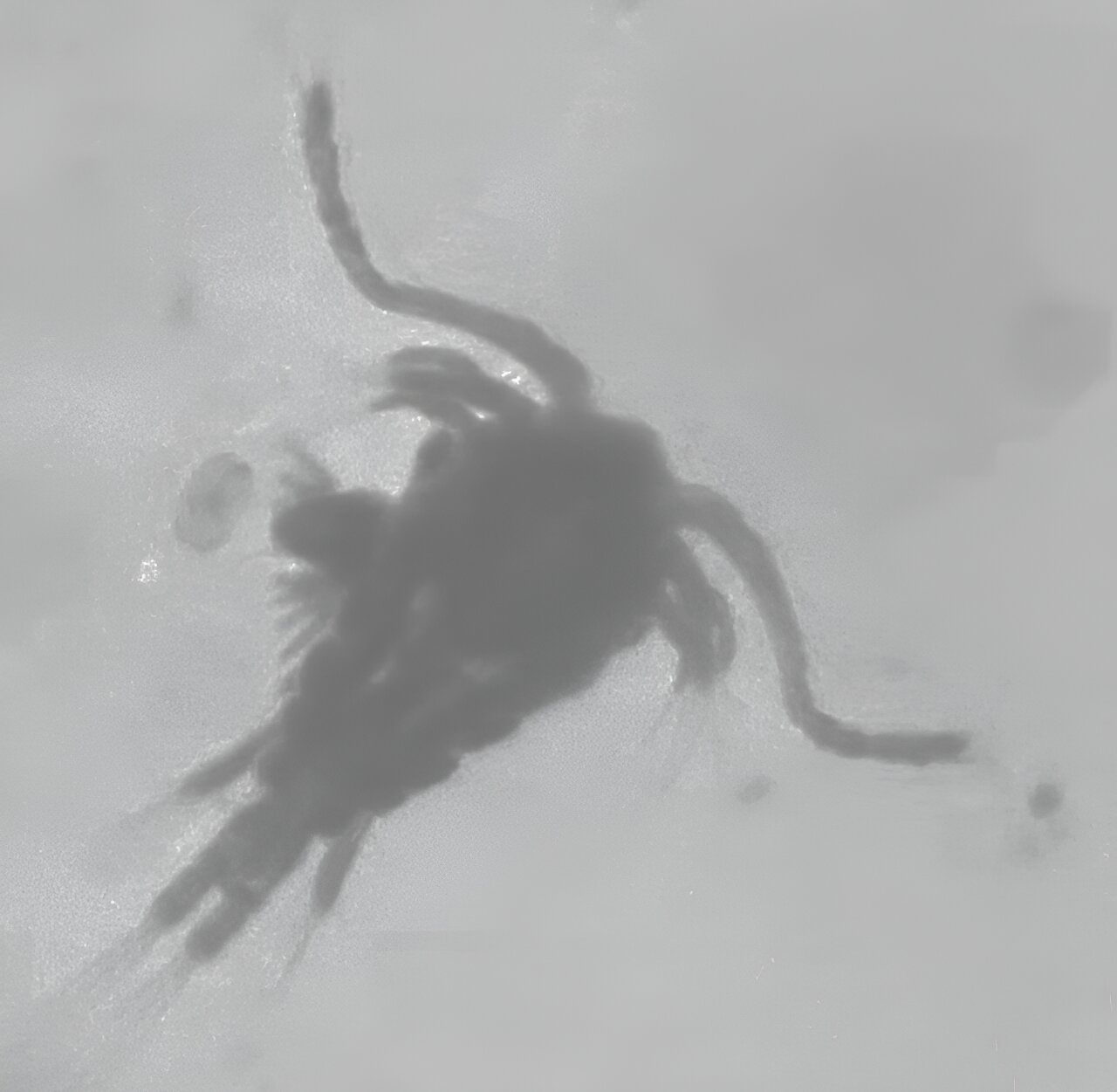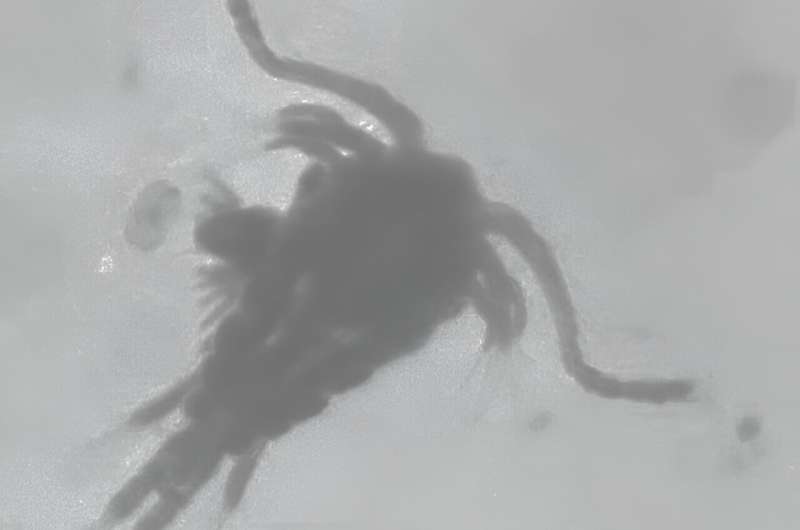

Scientists at The University of Texas at El Paso and Stanford University were recently surprised to find that the natural community of zooplankton—tiny, aquatic animals known to graze on bacteria—present in freshwater and saltwater do not clean water that is contaminated with fecal microorganisms.
The research, published in the biology journal mSphere, reveals important insights about the limitations of zooplankton in treating bodies of water that have been contaminated with fecal organisms, the team said.
A 2017 U.S. water quality inventory revealed that over 50% of rivers, bays and estuaries were unsafe for at least one use, in many cases because of fecal contamination.
“When sewage is released into clean bodies of water and humans are exposed to it, it can lead to illness in humans,” said Lauren Kennedy, Ph.D., assistant professor of civil engineering at UTEP, who is the corresponding author on the study.
“Our research seeks to understand what factors can render pathogens unable to infect people. In other words, how long does it take for the water to become safe for recreation again without any forms of outside intervention?”
Kennedy explained that water from sewage and septic tanks can accidentally enter bodies of freshwater as a result of accidents, inadequate water treatment or corroded infrastructure.
The authors hypothesized that zooplankton naturally present in water might graze on microorganisms from fecal contamination, inactivating the organisms and effectively “cleaning” the water.
To test this idea, the team added a virus called MS2 and the bacteria E.coli to samples of freshwater and saltwater taken from the San Francisco Bay area of California.
MS2 and E.coli are considered useful proxies for scientific research, Kennedy said, because they are present at high concentrations in sewage and their presence often indicates fecal contamination in the environment. The water samples naturally contained both “large” particles like zooplankton, sand and dirt, and “small” or dissolved particles like salt.
They found that the large particles, including zooplankton, did not have a significant effect on the inactivation of the pathogen proxies. The small particles, however, seemed to have a greater impact. The pathogen proxies were inactivated at higher rates in high-salinity water, for example, ocean water taken from San Pedro Beach.
“I am proud that we were able to provide another perspective to consider for surface water remediation efforts,” Kennedy said.
The research, she added, is an important step forward in understanding the limits of zooplankton as natural “cleaners” of contaminated water. The next phase of the research will focus on the impact of salinity on pathogen survival in contaminated waters.
“I am proud to see this important work coming from our team,” said Carlos Ferregut, Ph.D., chair of the Department of Civil Engineering. “The research by Dr. Kennedy and her team provides valuable insights into the challenges of pathogen inactivation, especially in areas where wastewater can compromise human health.”
More information:
You can bring plankton to fecal indicator organisms, but you cannot make the plankton graze: particle contribution to E. coli and MS2 inactivation in surface waters, mSphere (2024). DOI: 10.1128/msphere.00656-24. journals.asm.org/doi/10.1128/msphere.00656-24
Provided by
University of Texas at El Paso
Citation:
Study sheds light on limitations of zooplankton for inactivating pathogen contaminated water (2024, October 3)
retrieved 3 October 2024
from https://phys.org/news/2024-10-limitations-zooplankton-inactivating-pathogen-contaminated.html
This document is subject to copyright. Apart from any fair dealing for the purpose of private study or research, no
part may be reproduced without the written permission. The content is provided for information purposes only.